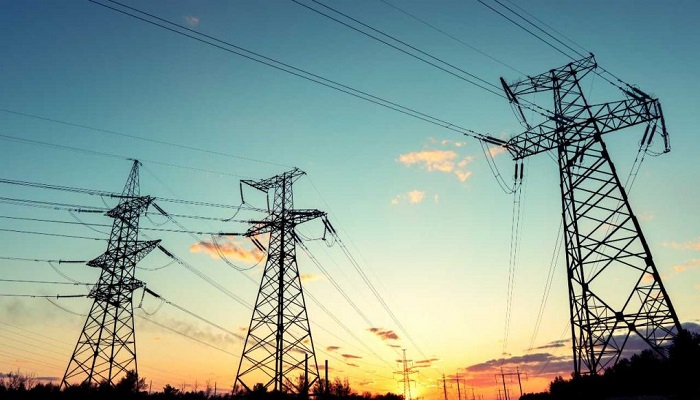The latest update to the IEA’s Net Zero Roadmap emphasizes the critical importance of doubling investments in the grid by 2030 within the context of achieving a net-zero scenario in the electricity sector.
To meet the demands of this net-zero scenario, which includes the growing need for electrification, the integration of increasing amounts of solar PV and wind energy, and the strengthening of systems to adapt to changing dynamics, it is imperative to expand electricity transmission and distribution grids by approximately 2 million kilometers each year until 2030.
Realizing this goal requires substantial investment, totaling $680 billion in grid infrastructure by 2030. Of this amount, nearly 70% will be allocated to the expansion, enhancement, and digitalization of distribution grids.
Furthermore, this high level of investment must be sustained, reaching a peak of $1.1 trillion by 2040, before gradually decreasing to around $850 billion by 2050.
In addition to financial commitments, regulatory and policy reforms are essential to expedite the timely and efficient development and modernization of these grids. Current efforts in grid construction may take more than a decade, partly due to permitting, which can be a time-consuming bottleneck, taking up to 5 years for ground-mounted solar projects and up to 9 years for both onshore and offshore wind projects.
Streamlining permitting processes and accelerating grid connections are crucial to achieving another key net-zero milestone for the electricity sector – tripling global renewable capacity from 3,630GW in 2022 to over 10,000GW by 2030.
For instance, in Europe, approximately 60GW of onshore wind capacity, four times the capacity commissioned in 2022, is hindered by various permitting procedures. Globally, around 3,000GW of wind and solar PV projects in major renewable energy markets have applied for grid connections, although not all of them are expected to come to fruition.
Two other pivotal milestones on the path to net-zero electricity include a 95% reduction in the unabated use of fossil fuels for electricity generation by 2040, including the complete phase-out of unabated coal, and more than doubling the capacity of nuclear power from 417GW in 2022 to 916GW by 2050.
In the context of grid modernization and expansion for a net-zero future, the IEA emphasizes the importance of enabling demand response management. This can be achieved through incentives that encourage the consumption of energy during periods of high renewable electricity supply, such as time-of-use tariffs.
Additionally, establishing interconnections between regions offers flexibility by allowing the pooling of resources and reducing the need for additional power system flexibility to balance load, wind, and solar production across larger geographical areas.
To ensure system stability, measures like the deployment of synchronous condensers, flexible alternating current transmission systems (FACTS), grid-forming inverters and fast frequency response capabilities must be integrated into grid modernization efforts.
The IEA’s update report acknowledges the technical feasibility of rapidly ramping up infrastructure to achieve the net-zero scenario. However, it underscores the monumental nature of this undertaking. While the expansion of electricity grids has been accelerating, reaching an average of 1.9 million kilometers annually over the past five years, it must increase to meet the 2 million kilometers per year net-zero target.












































